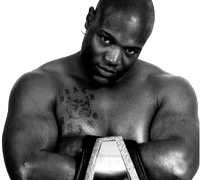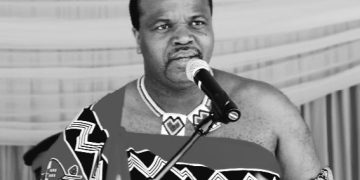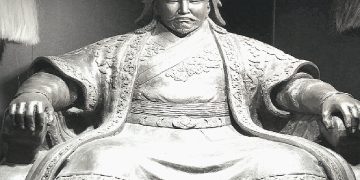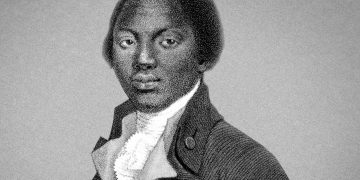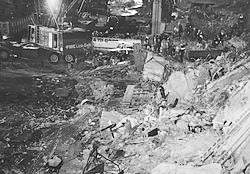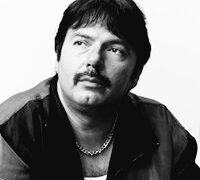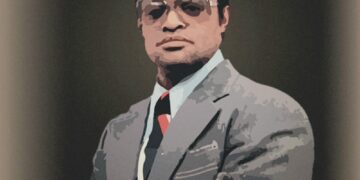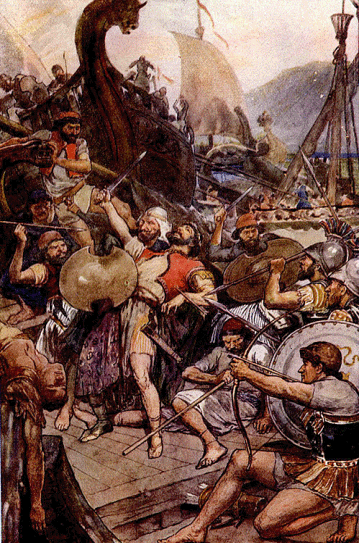Edward was born in 1286, the fourth son of King Edward I and his wife Eleanor of Castile. He was second in line to the throne as two elder brothers had died before he was born. He became heir to the throne after his brother, Alfonso, died in August 1286.
Edward’s mother died in 1290 and in 1299 his father remarried Margaret, Sister of the French King Philip IV. At the same time it was agreed that Edward would marry Philip’s daughter Isabella when she came of age.
In 1300 a young man, Piers Gaveston joined Prince Edward’s household. He and Edward became very close friends and went everywhere together. Gaveston was exiled by Edward I in 1307.
Ever since the death of the Scottish King Alexander II in 1286 there had been a succession dispute in Scotland. In 1291 Edward I was asked to act as a mediator between the two rival claimants to the Scottish throne, the Baliol and Bruce families. He chose Baliol to be King of Scotland which alienated Robert Bruce. England continued to be embroiled in Scottish affairs up to the point of Edward I’s death when the campaigning was taken over by Edward II. The Scots scored a decisive victory over Edward II when he was beaten at the Battle of Bannockburn.
Edward became King Edward II on 8th July following the death of his father. One of the first things he did was to recall Piers Gaveston to his side. In 1308 Edward married Isabella, the 12 year old daughter of Philip IV of France, but continued to spend his time with Gaveston. Indeed Gaveston had so much control that in 1308 the barons brought the matter to the King. Although the barons backed down the matter was raised just two months later in April and this time the barons had the support of the Queen and her father. Reluctantly Edward agreed to send Gaveston away. Gaveston was given the title lieutenant of Ireland and sent across the Irish Channel.
After Gaveston returned to England the barons drew up a document known as the Ordinances which limited the powers of the monarch. Reluctantly Edward signed it in November and exiled Gaveston. However, by the end of the year the barons had become increasingly isolated from the monarch and in January 1312 Edward declared that he no longer supported the terms of the Ordinances and recalled Gaveston to England. The barons decided that they had no option but to capture Edward, Isabella and Gaveston. In a bid to escape they fled north and then split up with Edward and Isabella going to York while Gaveston went to Scarborough. Gaveston was captured by the Earl of Pembroke who began the journey south but along the way the Earl of Warwick captured Gaveston put him on trial for treason and executed him.
Edward vowed to seek revenge for the murder of his favourite and the situation may have led to civil war but for the fact that the Earls of Pembroke and Surrey returned their allegiance to Edward. In 1313 Edward was in a more secure position and parliament granted him a sum of money to resume war with Scotland. By 1314 Edward’s army was ready and they marched north. However, the Scots were ready for the English and scored a major victory over the English at the Battle of Bannockburn on 23rd-24th June 1314.
By 1318 Edward had two new favourites, Hugh Despensor and his son, Hugh. The barons again called for the re-introduction of the Ordinances but when Edward refused there was no option but Civil War. The barons led by Roger Mortimer and the Earl of Hereford managed to capture many Despenser lands in Wales before marching to St Albans. However, they were unable to take London. There followed a brief truce but by 1322 hostilities had resumed. On 16th March 1322 Edward scored a decisive victory over the Earl of Lancaster at the Battle of Broughbridge. Lancaster was captured and executed.
Meanwhile, France had a new King, Charles IV, and in 1323 Edward was summoned to France to pay homage in respect of his lands in Gascony. Tensions between Charles IV and Edward were high and in 1324 the two countries were at war. In 1325 Edward’s Queen, Isabella and their eldest son, Edward were sent to France to pay homage to the French King and so end the war. Edward II paid homage himself in September. Isabella, however, did not return to England but instead remained in France with Roger Mortimer who had been exiled from England.
Enemies of King Edward and the Despensers flocked to France to join Isabella and Prince Edward. Roger Mortimer, Queen Isabella and Prince Edward landed in England on 24th September and were joined by large numbers of people who wanted the King and the Despensers overthrown. In October King Edward was forced to flee London but he was captured in November and put in custody. The Despensers were executed. In January 1327 it was decided that Edward II should be made to abdicate the throne in favour of his son. On 21st January 1327 Prince Edward became King Edward III. His father, who was to remain in custody, was to be known as Edward of Caernarvon. On 21st September 1327 he died while in custody.

